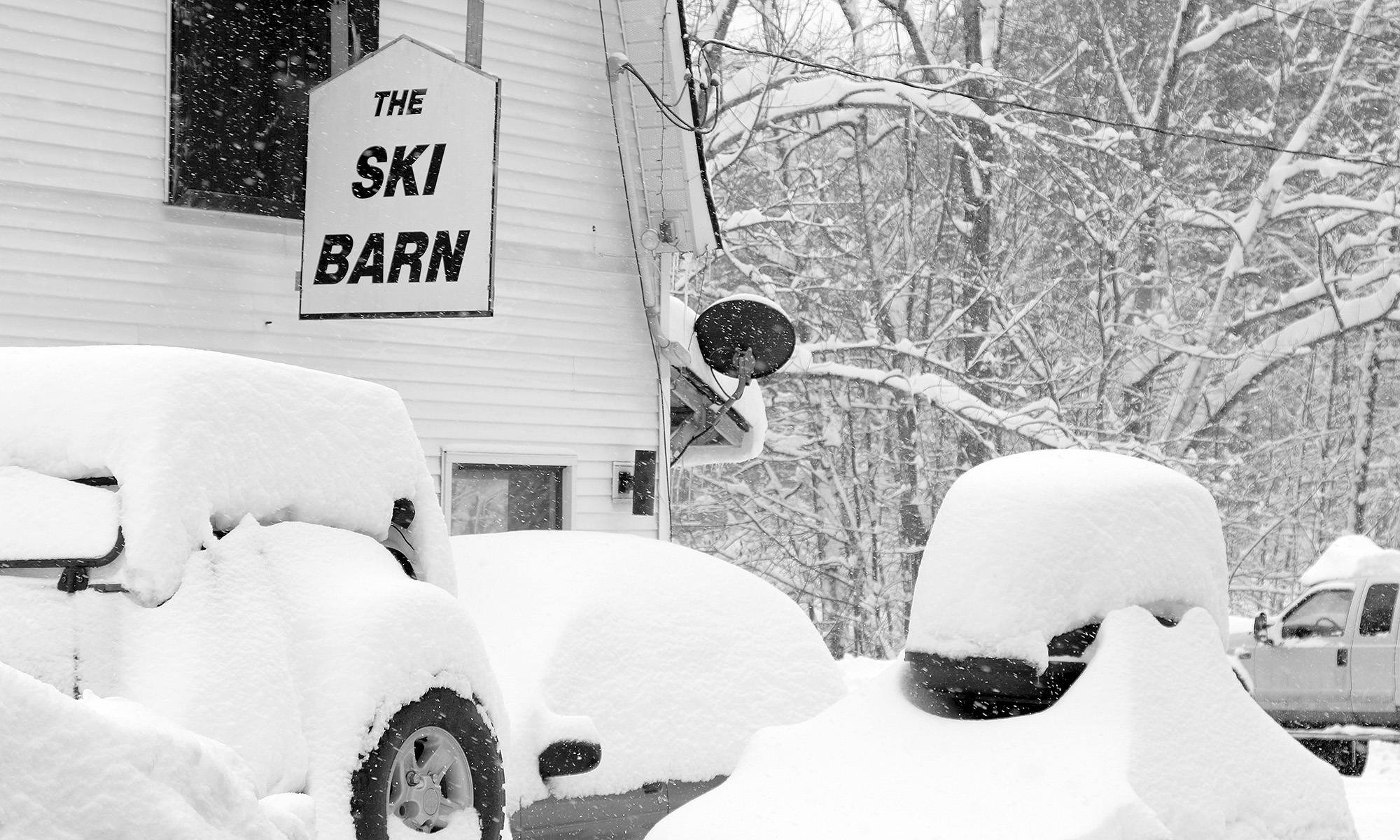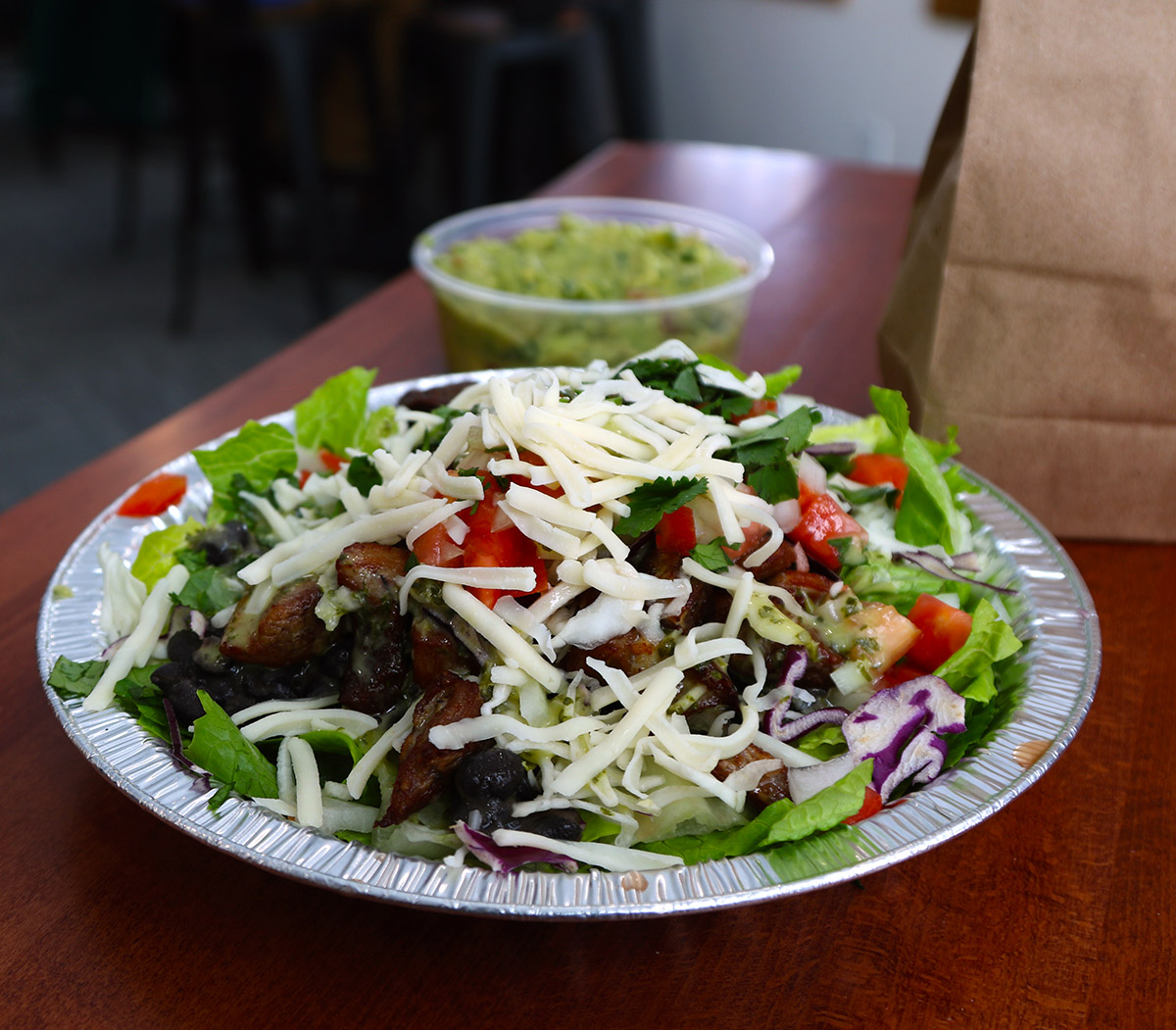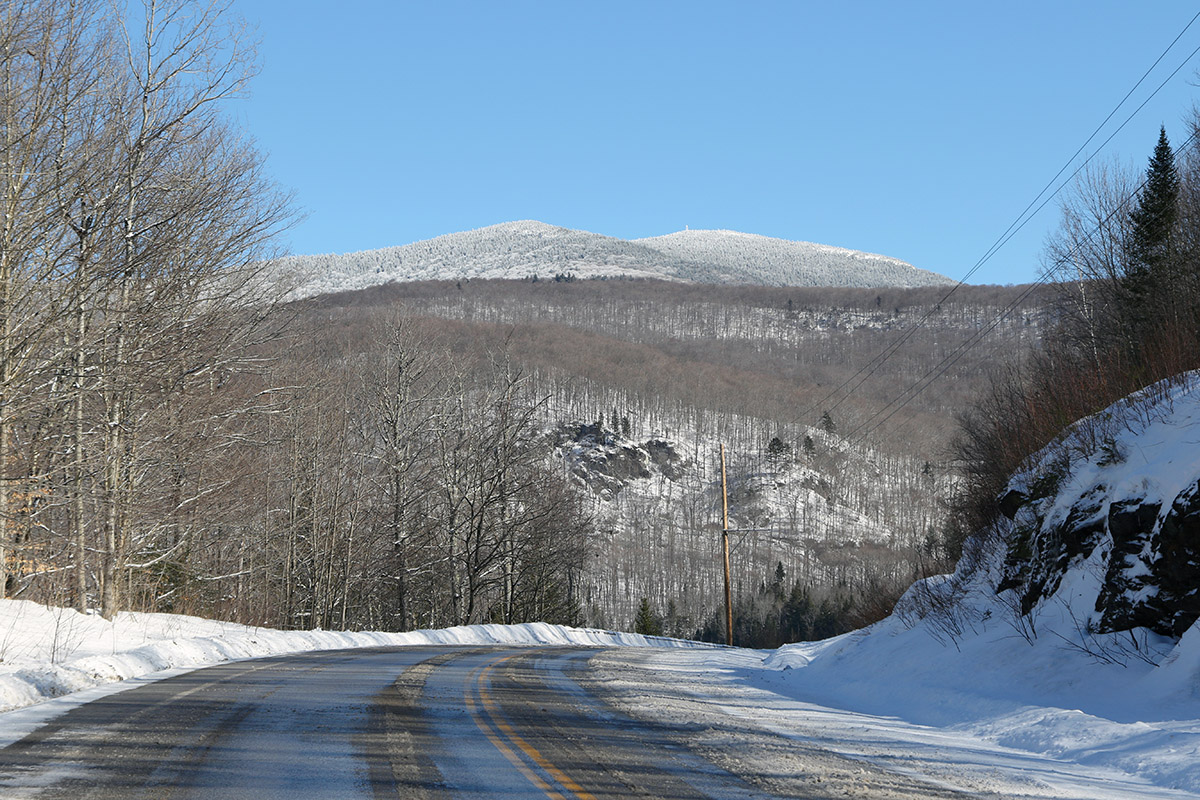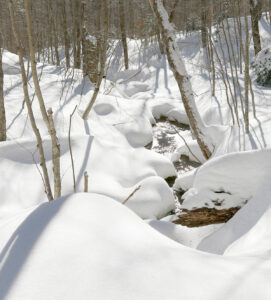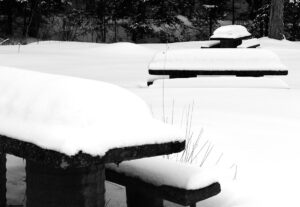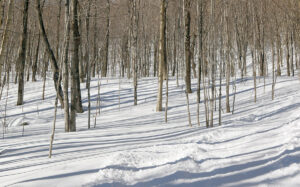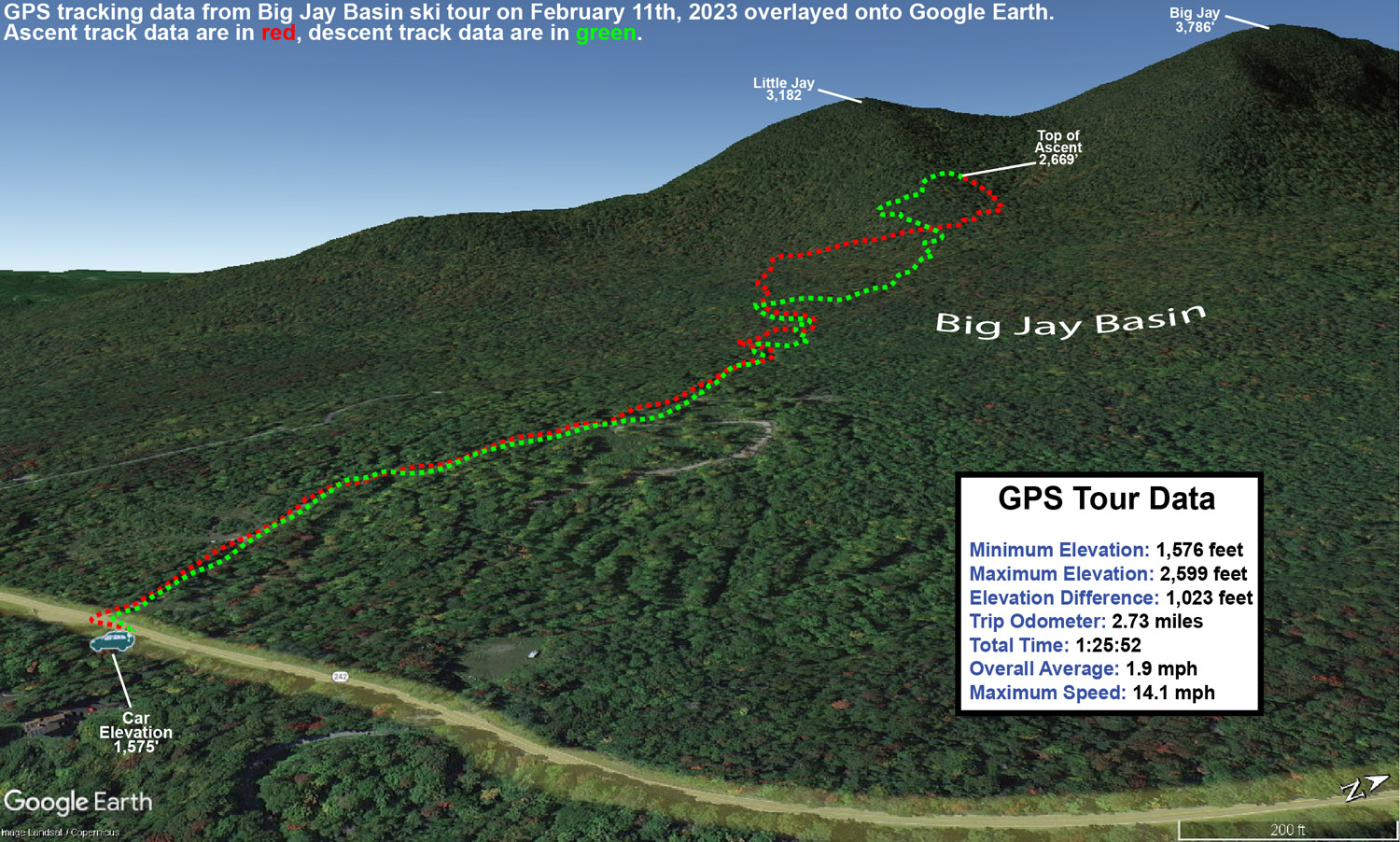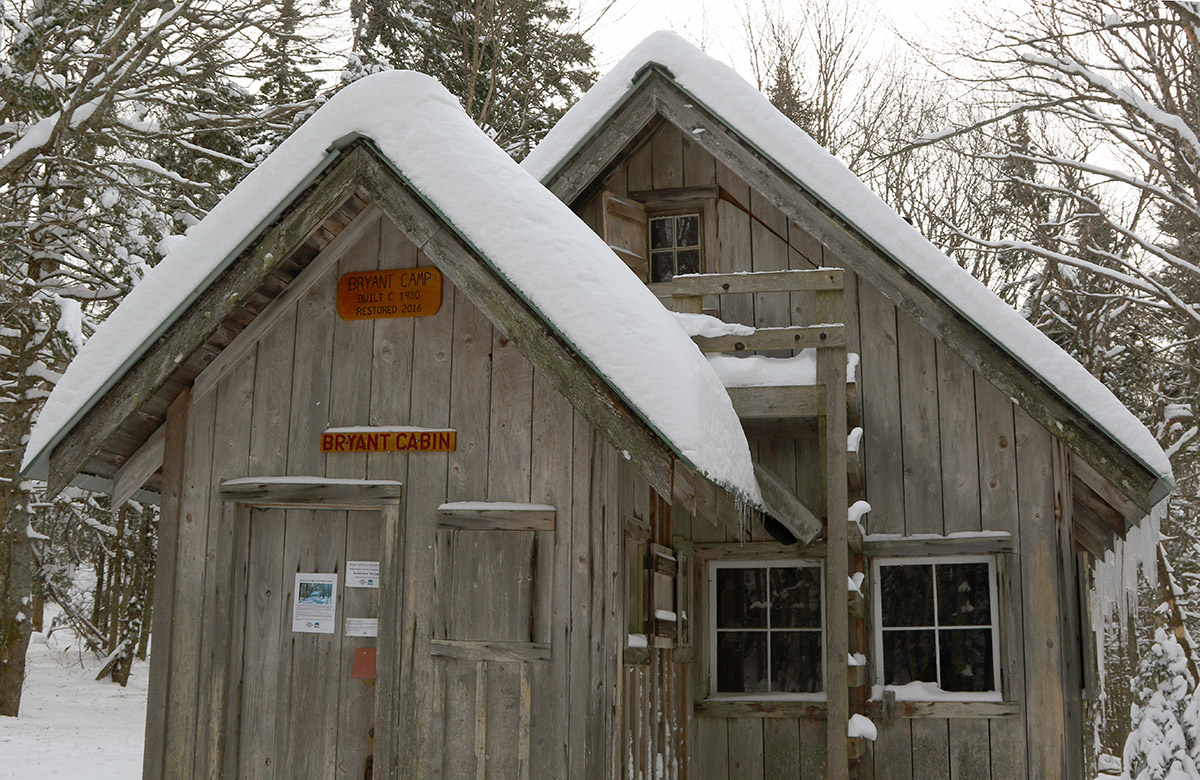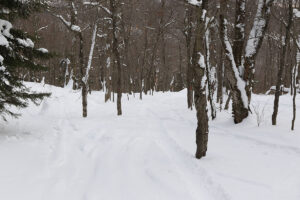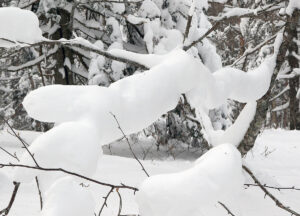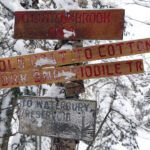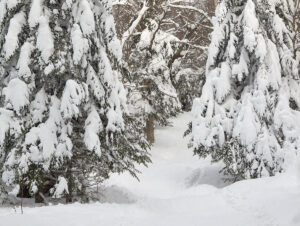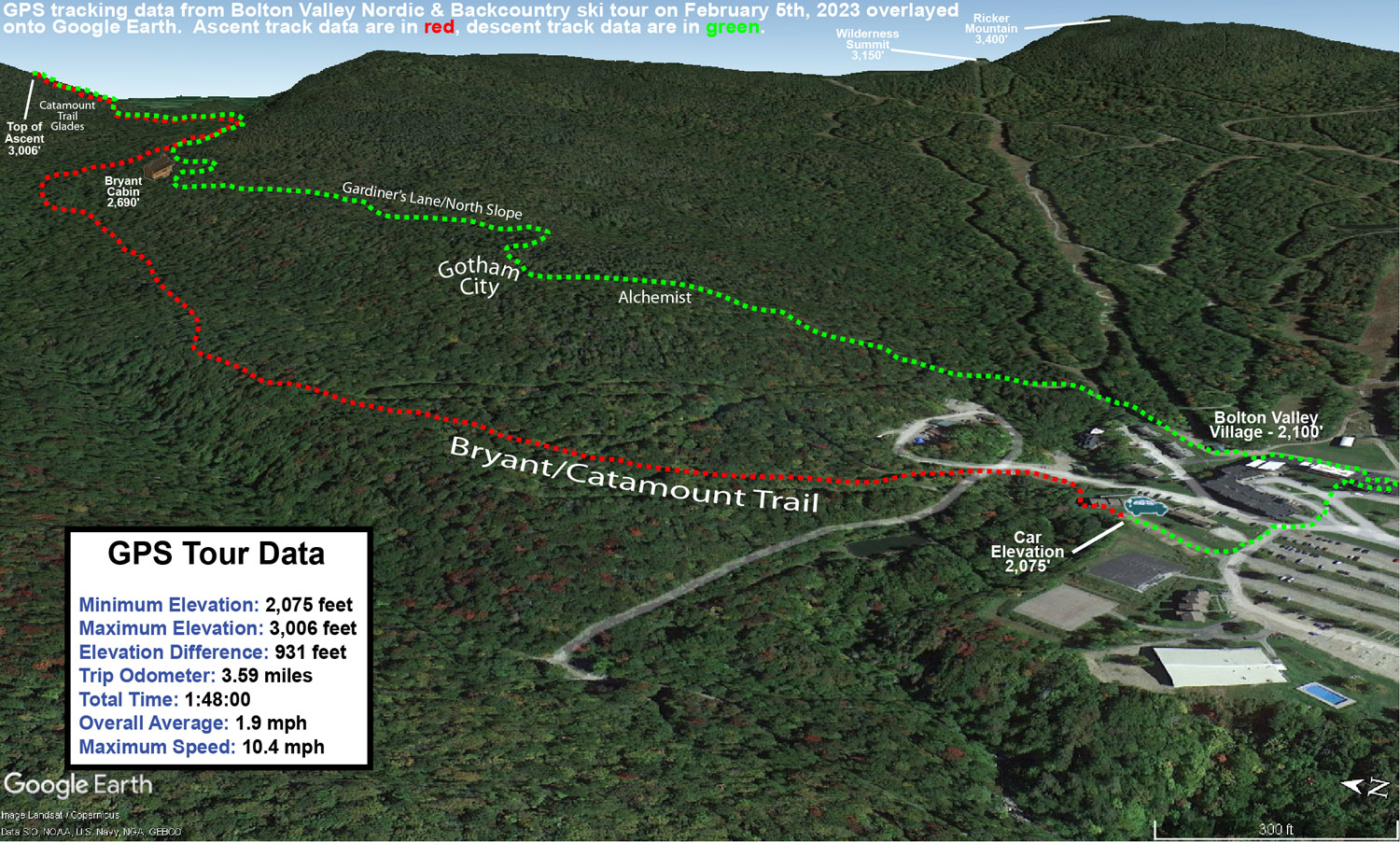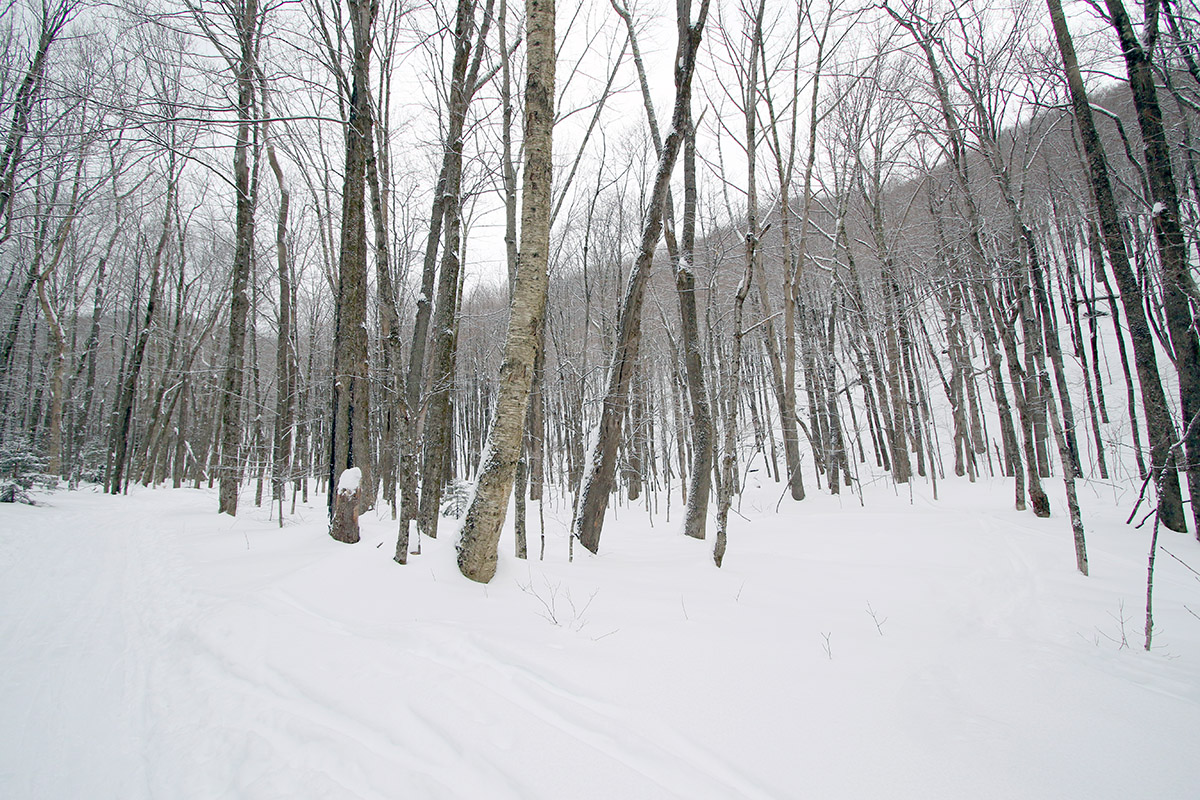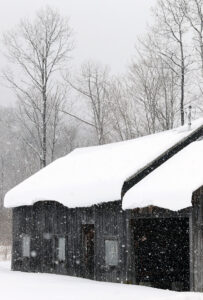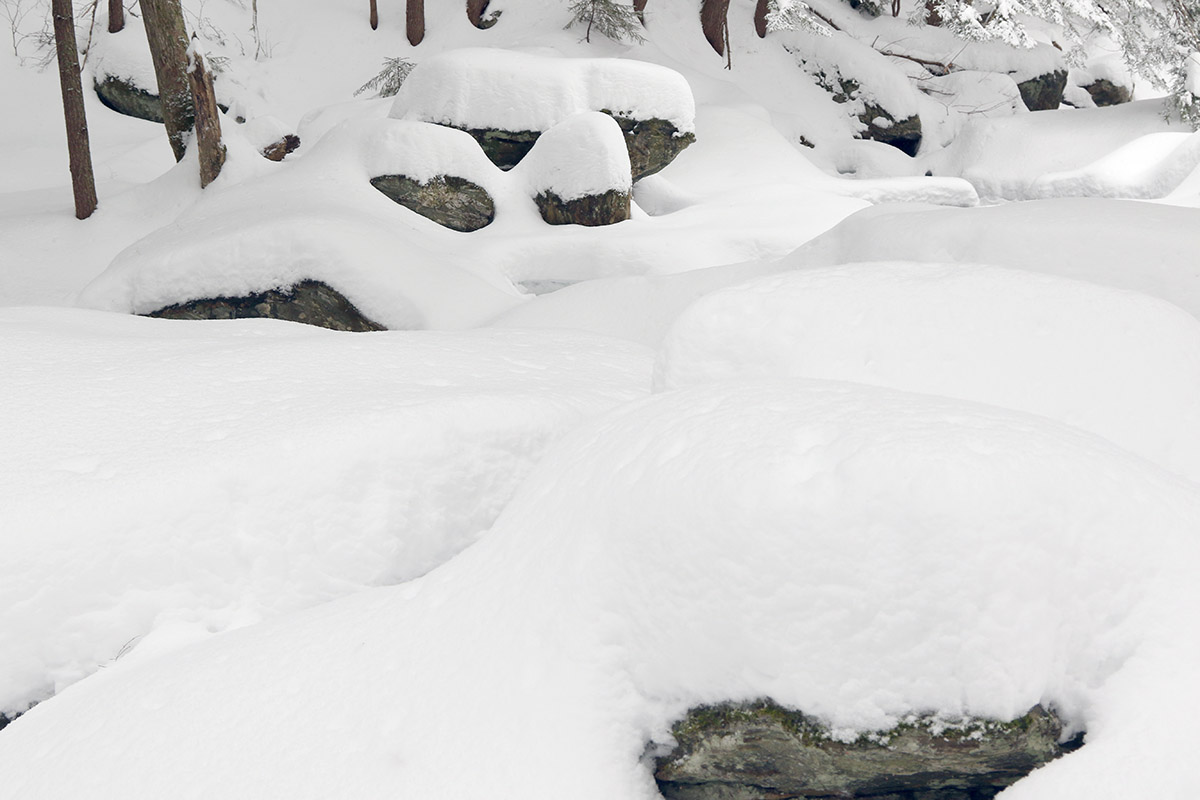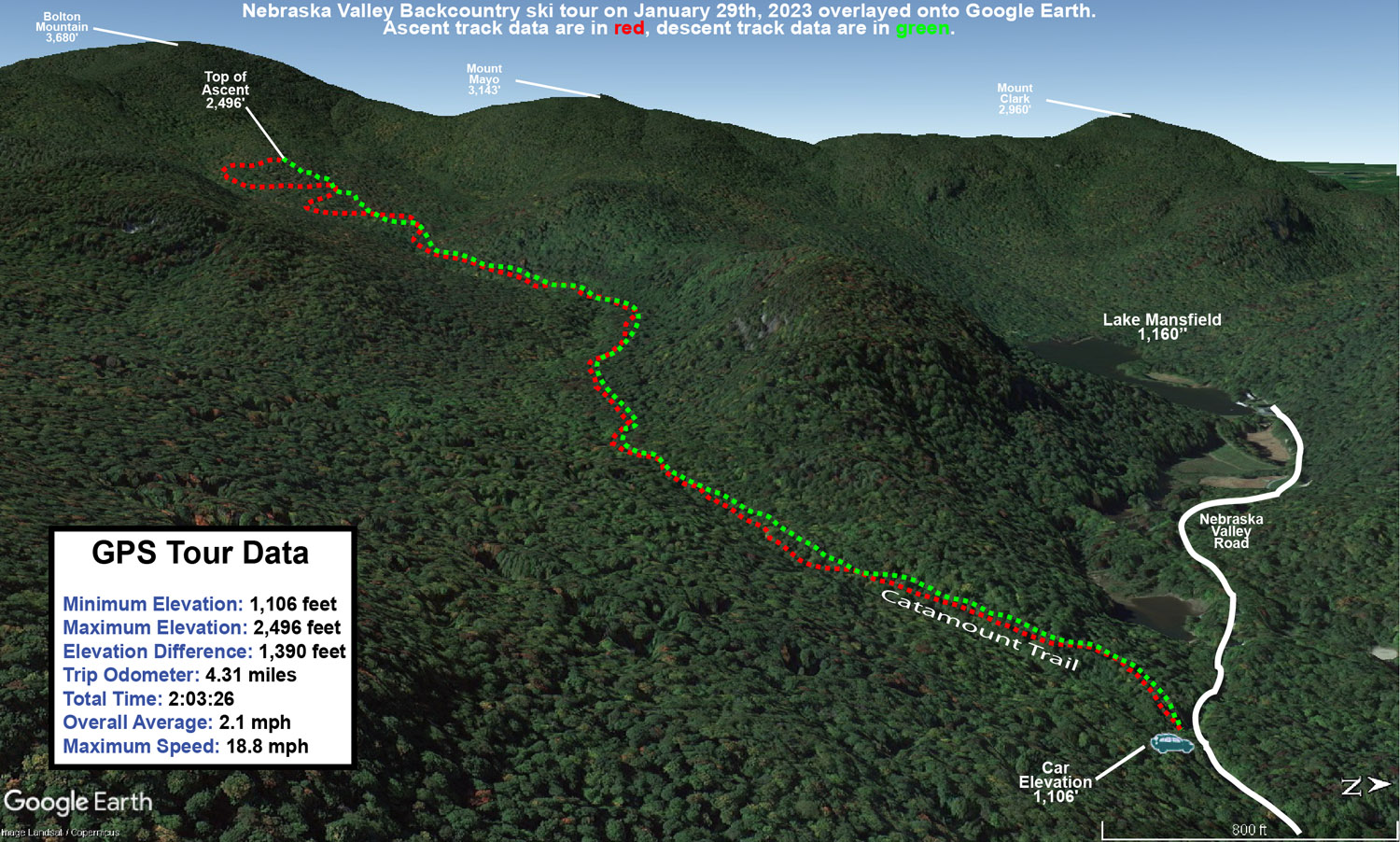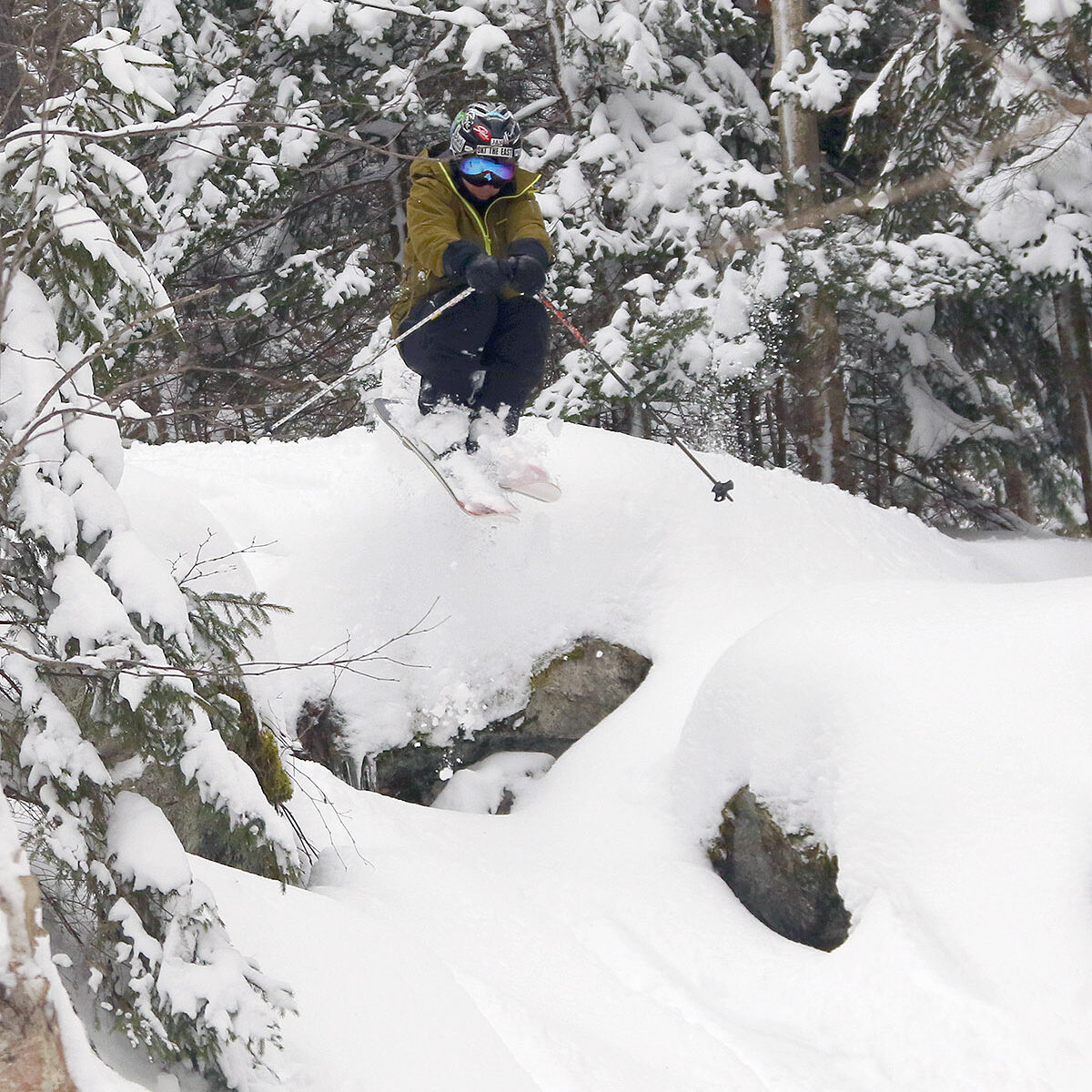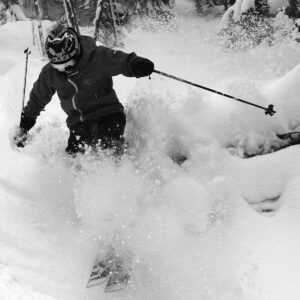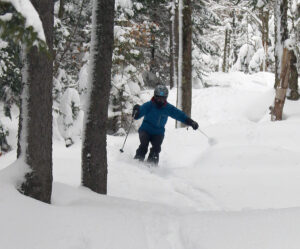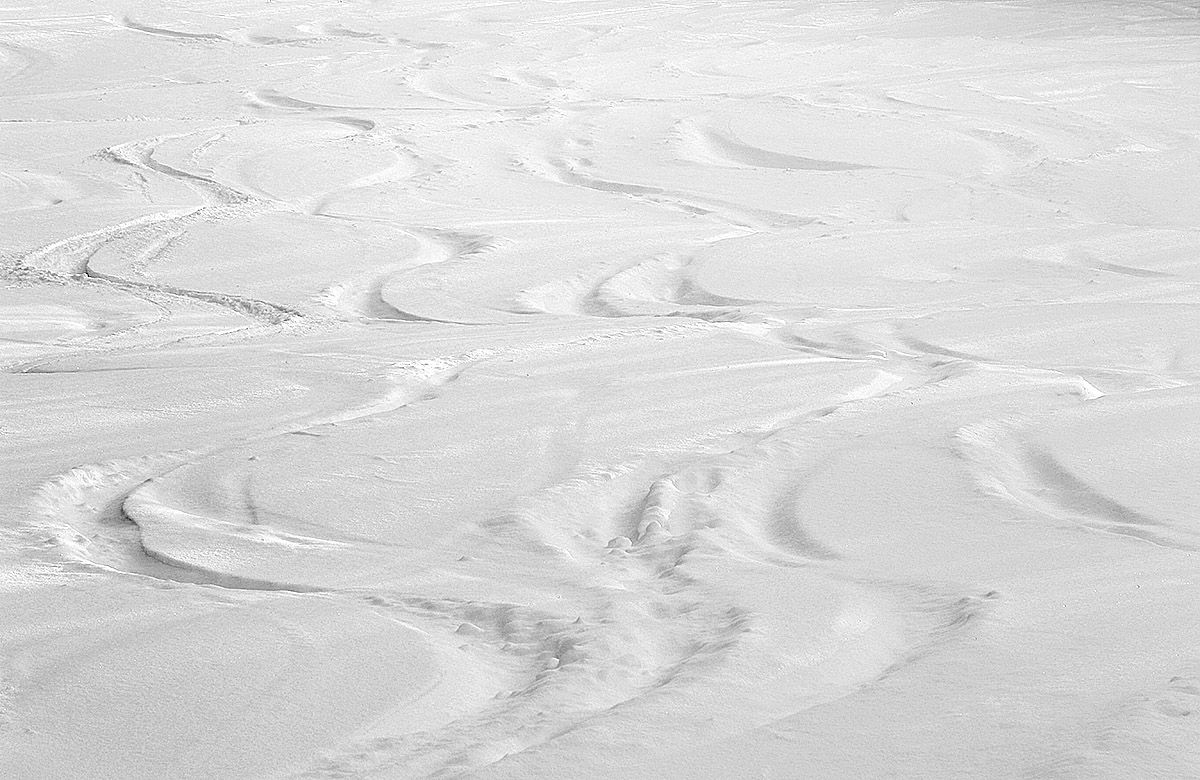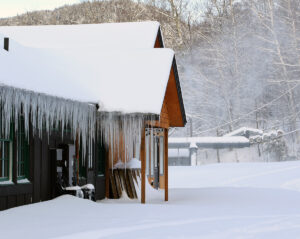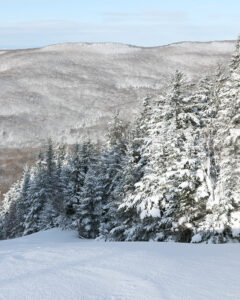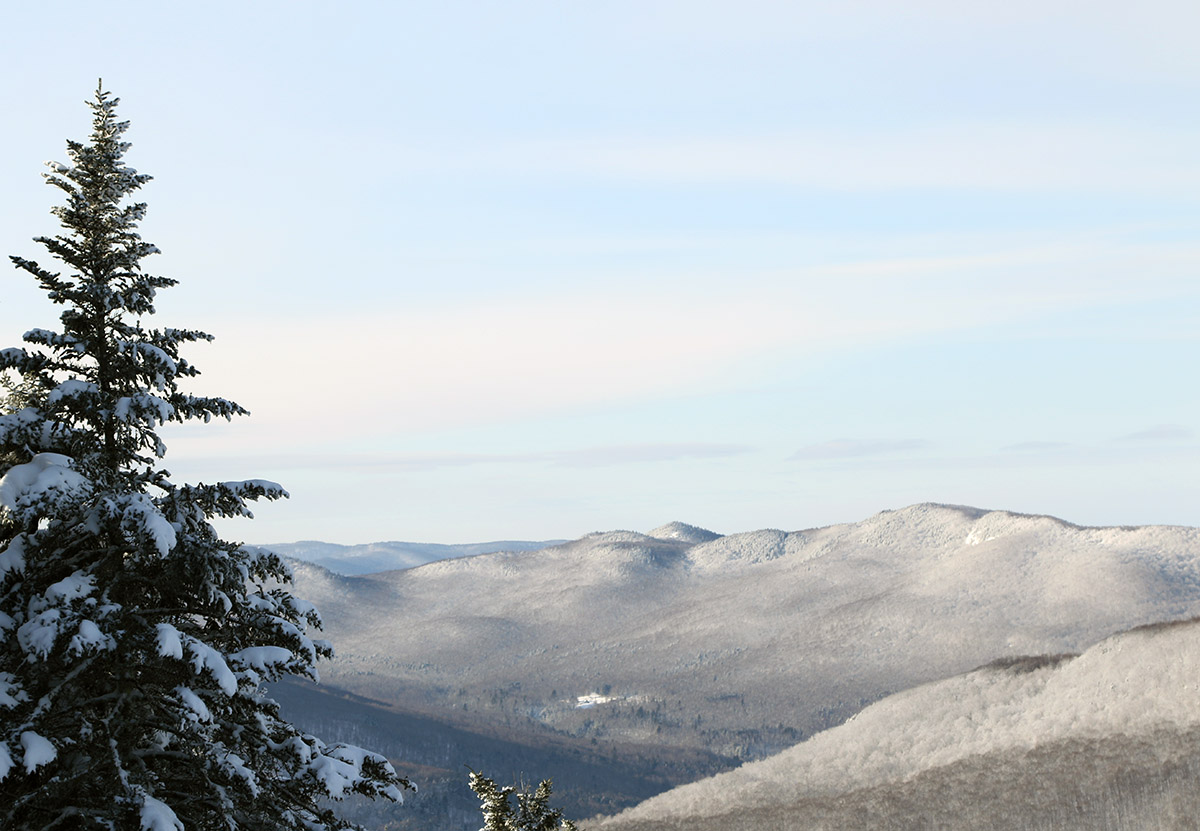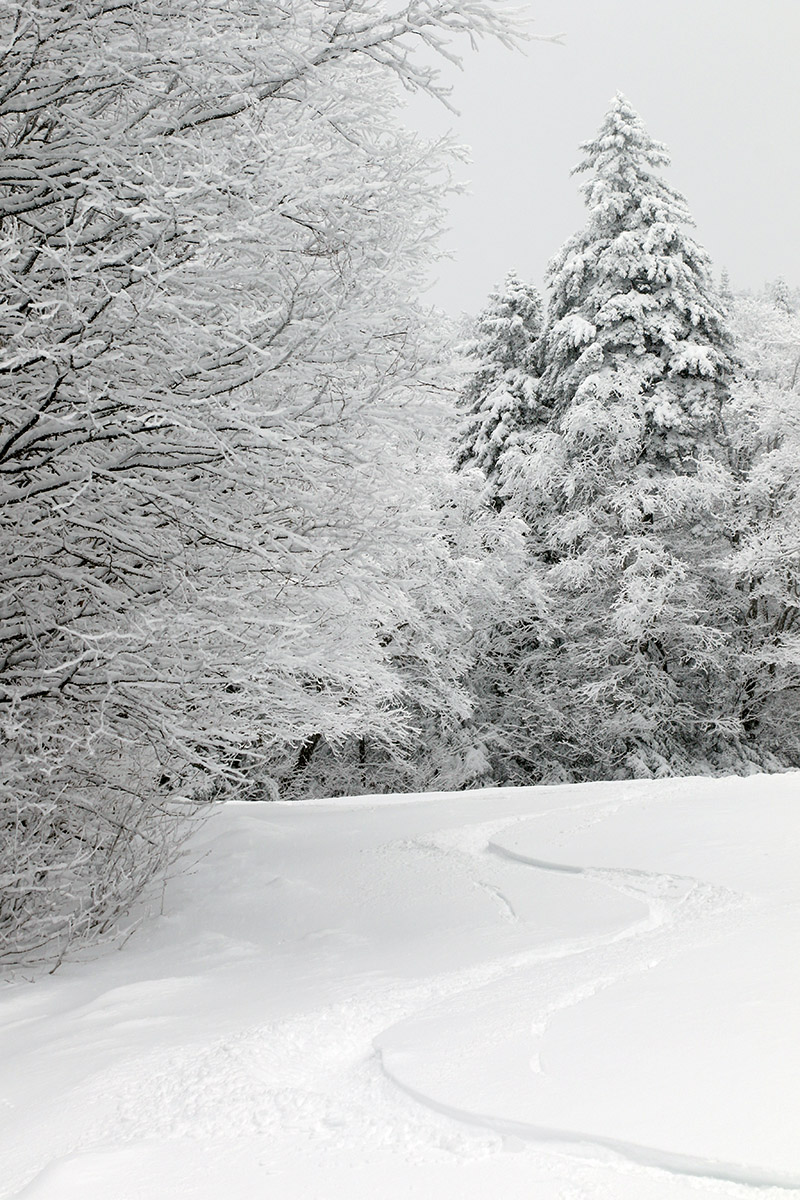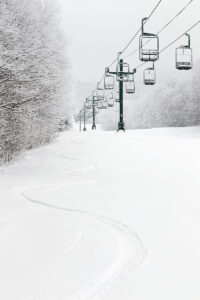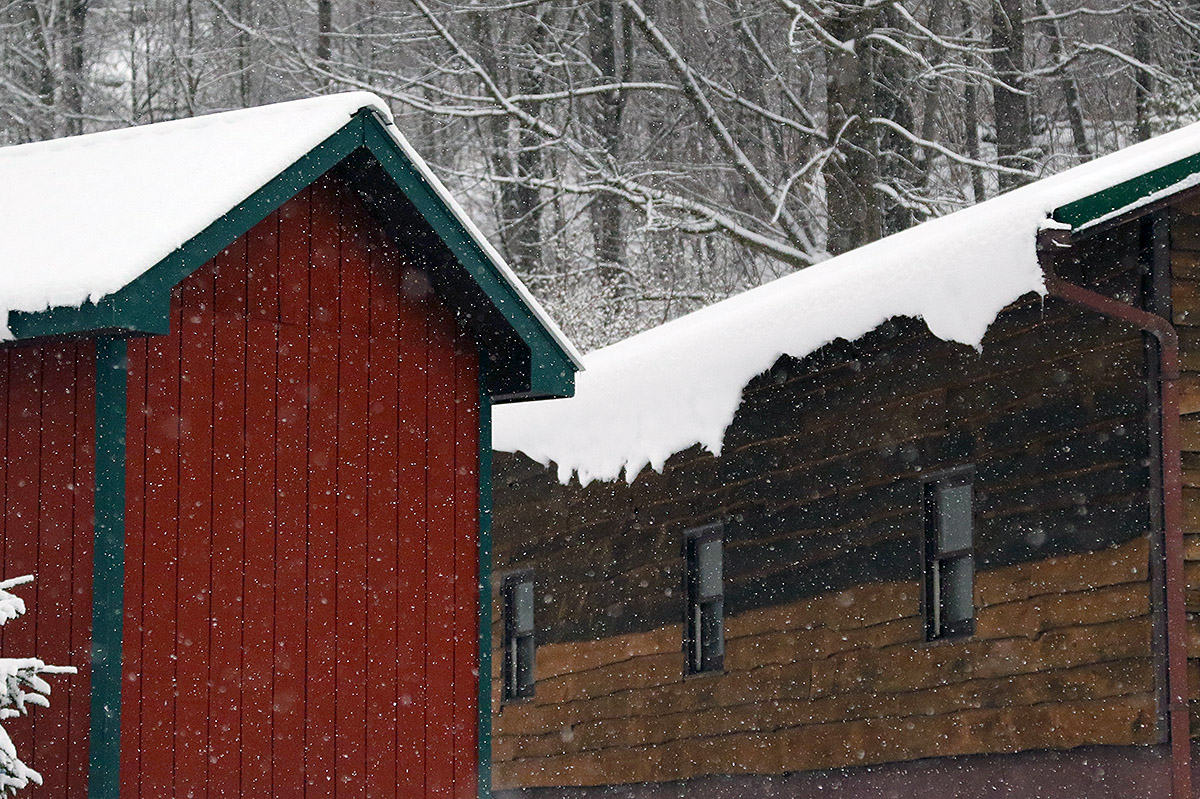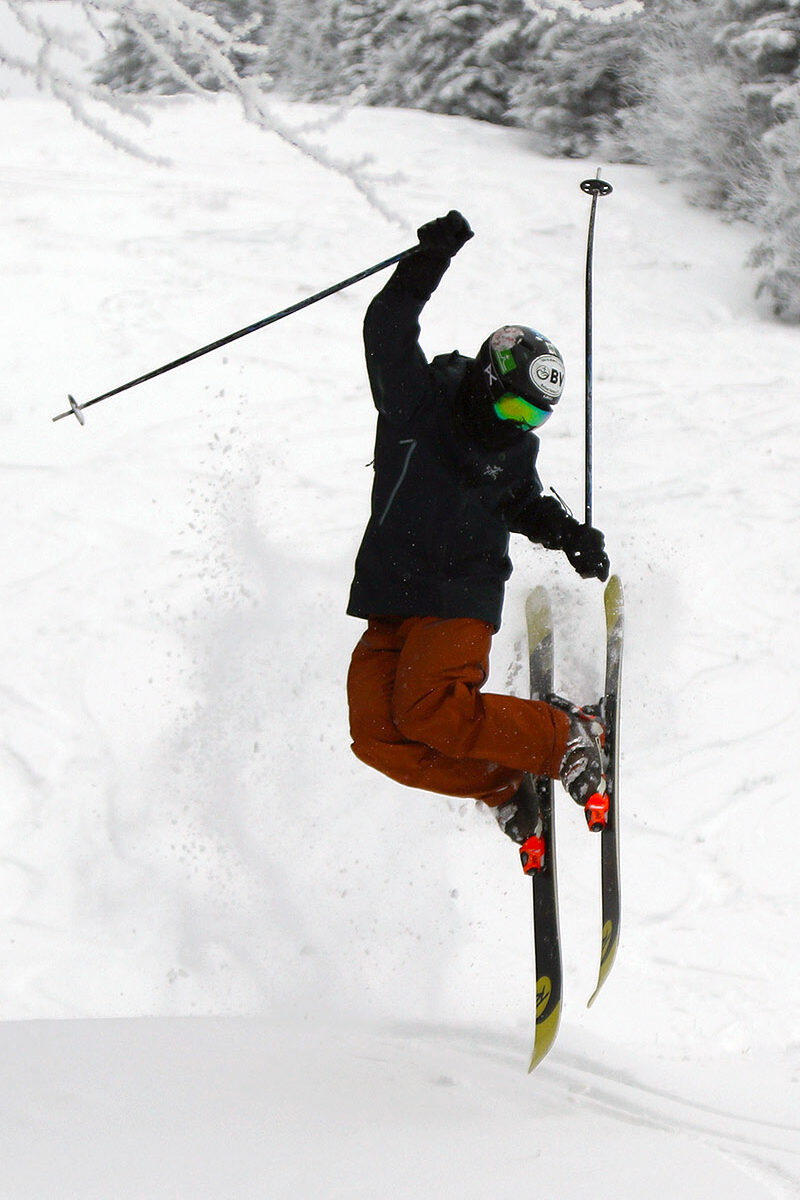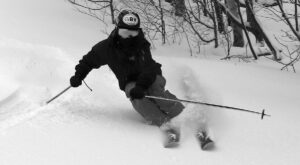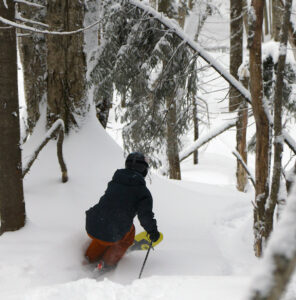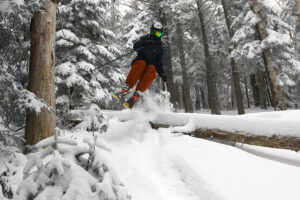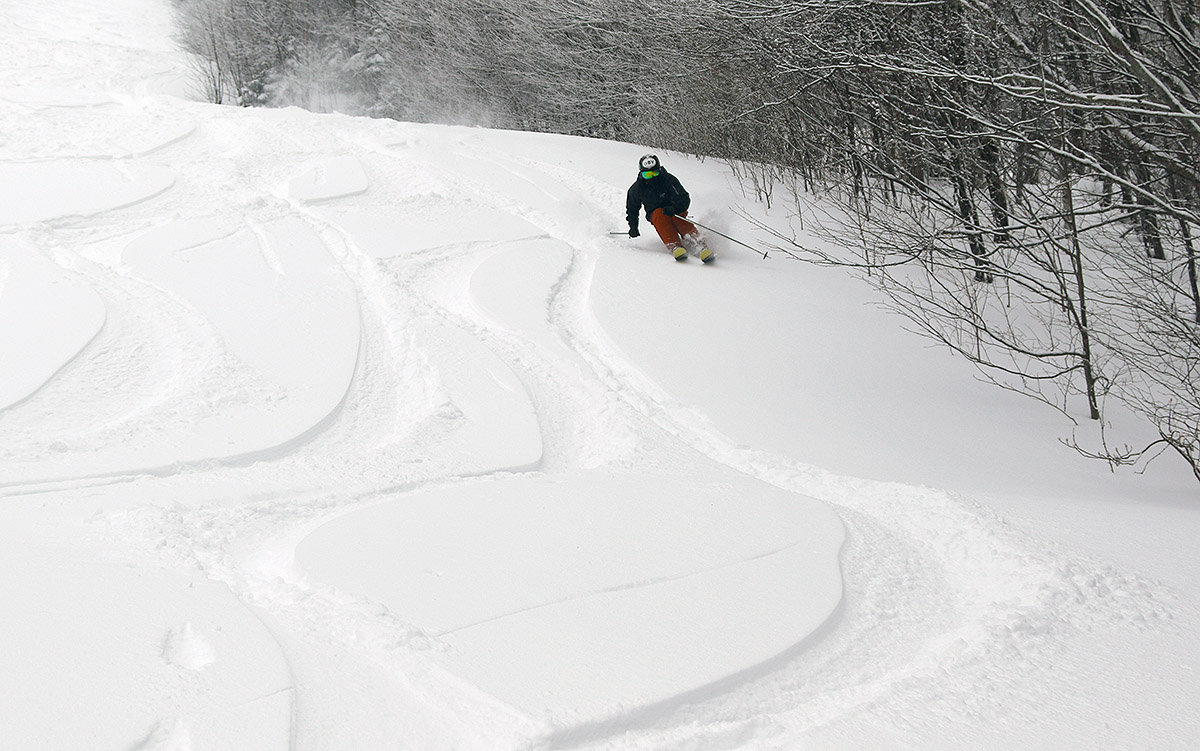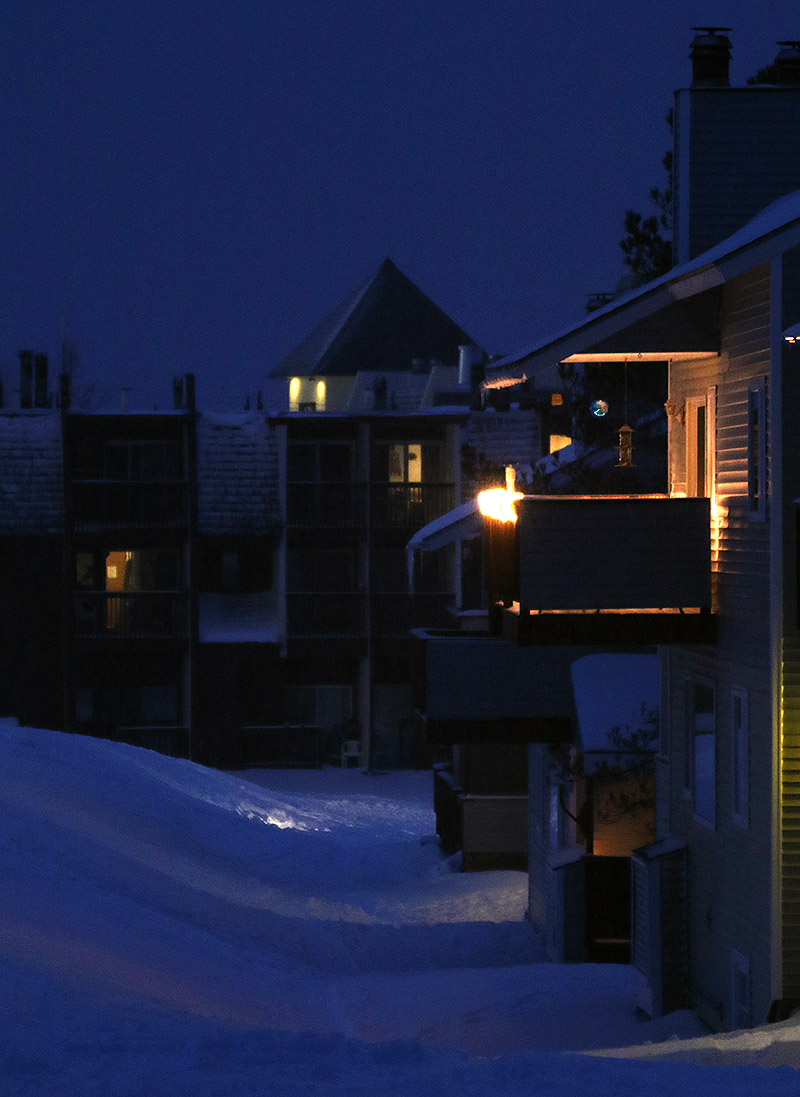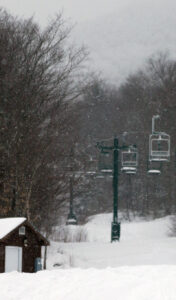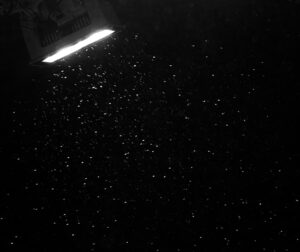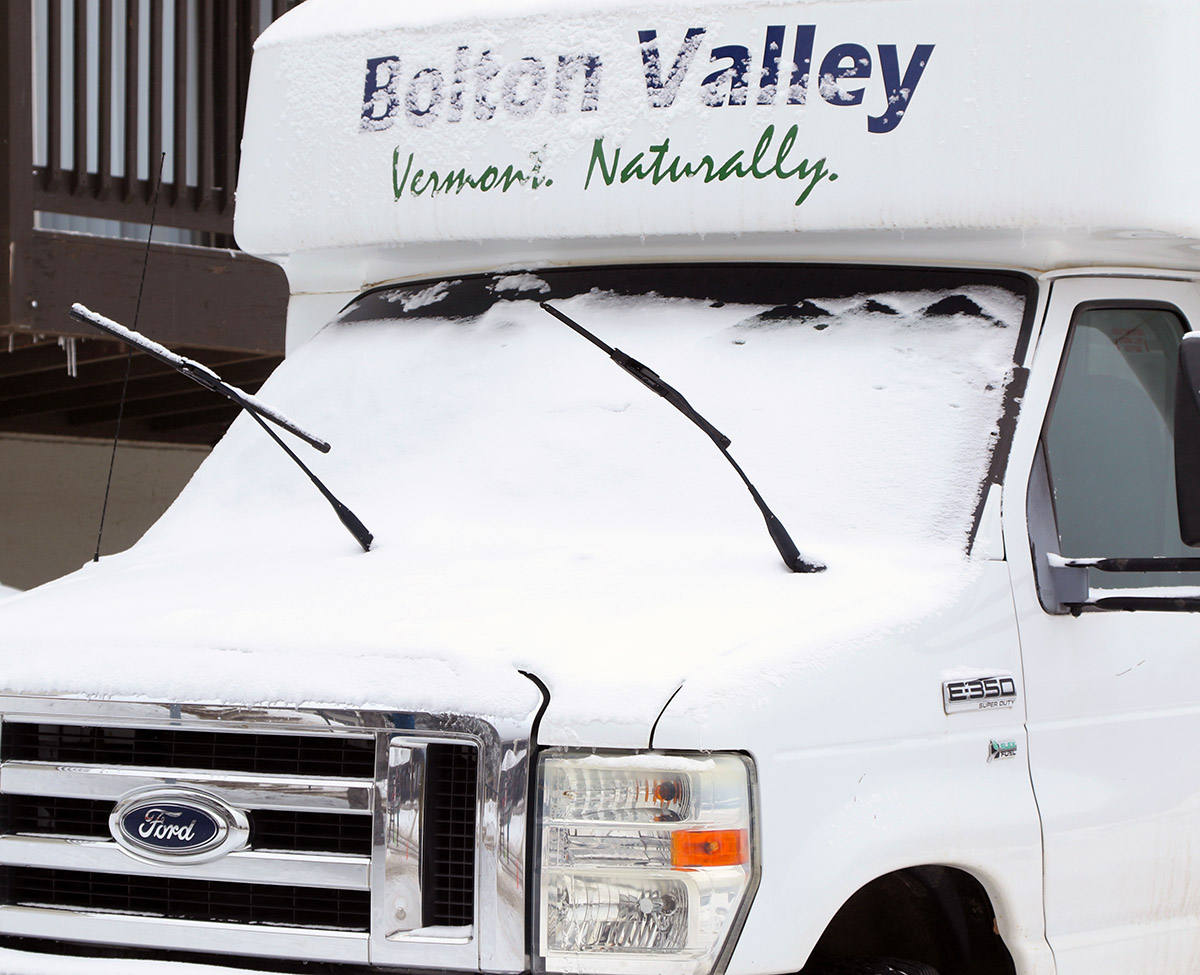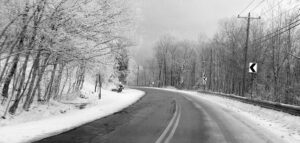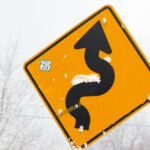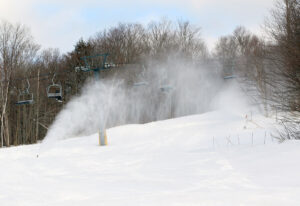
Our most recent system was named Winer Storm Nova, and while it wasn’t especially warm in our area, the storm still contained some mixed precipitation. Some of the mixed precipitation was freezing rain, which I experienced on my way to Burlington yesterday morning. After getting the car out of the garage, I‘d only driven for a couple of minutes before my windshield suddenly started to ice over very aggressively. I switched to the defroster and that took care of it quickly, but it was clear that our area was getting a shot of freezing rain. Thankfully, the roads had been well maintained and they remained ice free, but everything else was taking on a glaze.
All the precipitation eventually changed over to snow, but with some freezing rain in the mix, I really wanted to see how much snow fell on top of it to decide whether or not it would be worth skiing this weekend. Down at our house we picked up a total of 1.5” of snow on the back side of Winer Storm Nova, and with Bolton Valley only reporting a couple of inches, it didn’t seem like that would really be enough to redeem the snow surfaces from the icing they’d likely seen. This is also the President’s Day holiday weekend, so skier traffic would likely be even higher than usual. With all that, I figured it would be a good weekend to stay off the slopes and instead go snowshoeing or something along those lines.
My ski plans changed though when Erica told me that her niece Allie was staying up at Bolton with some friends. It’s hard to pass up the chance to see friends and family at the hill when we’re just a few minutes away, so we headed up in the afternoon to make some turns with Allie. E and I parked down at Timberline with the intention of heading over to the main base to meet Allie, and I could tell today was going to be trouble when I nearly killed myself attempting my first three Tele turns on Villager after getting off the Timberline Quad. My skis aren’t totally without edges, but I just couldn’t get a decent bite of the snow; the area that I’d chosen over on the skier’s right was just too slick. Thankfully, we did encounter some areas during the day where skiers had pushed snow to provide a skiable surface (middle of Beech Seal by the lift towers, parts of Sherman’s Pass, parts of the Snowflake trails), but those were relatively few and far between. I think the only other day that I’ve been out this season with really poor snow conditions was back on January 14th, which I rated as a 2 out of 10. Well, today wasn’t a total zero, but it was somewhere in the 0 to 1 range. I had a number of other close calls with slick surfaces simply kicking my skis out from under me due to lack of grip, and the surfaces simply felt far more dangerous than they were fun.
 Thankfully, there were some bright spots on the day. It was great to get to hang out with Allie on the slopes and catch up with her. Temperatures were nice and comfortable up in the 20s F, and when you were in the sun it was especially pleasant. Bolton was making lots of snow down at Timberline, so they are really setting up the base there at their lowest elevations to be able to last well into the spring ski season. And, it looks like that base snow could soon be put to good use – the weather modeling suggests we’ve got a good run of winter storms on the horizon. The most recent GFS run shows about seven storms lined up over the next couple of weeks. Perhaps our favorite part of the day was when E and I discovered that El Gato Cantina has now moved into the food service area of the Timberline Base Lodge. We had an excellent taco salad along with chips and guacamole, and having some great food in the newly expanded lodge is definitely something we’re looking forward to doing again.
Thankfully, there were some bright spots on the day. It was great to get to hang out with Allie on the slopes and catch up with her. Temperatures were nice and comfortable up in the 20s F, and when you were in the sun it was especially pleasant. Bolton was making lots of snow down at Timberline, so they are really setting up the base there at their lowest elevations to be able to last well into the spring ski season. And, it looks like that base snow could soon be put to good use – the weather modeling suggests we’ve got a good run of winter storms on the horizon. The most recent GFS run shows about seven storms lined up over the next couple of weeks. Perhaps our favorite part of the day was when E and I discovered that El Gato Cantina has now moved into the food service area of the Timberline Base Lodge. We had an excellent taco salad along with chips and guacamole, and having some great food in the newly expanded lodge is definitely something we’re looking forward to doing again.
